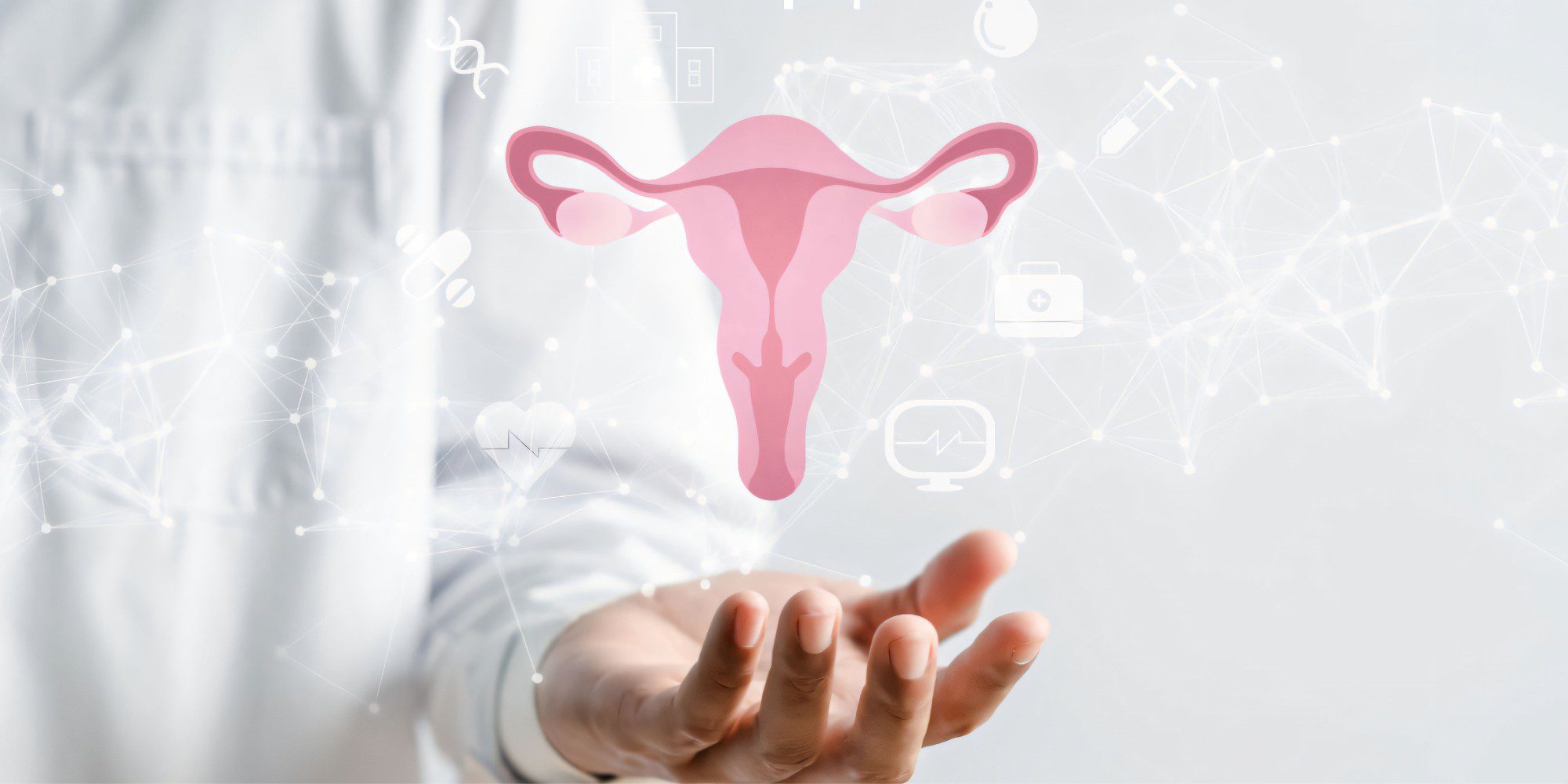News and Insights
With kissing ovaries, women often live in pain silently
December 18, 2023
As 20-something-year-olds, we are too busy following our dreams and passions. Being our energetic selves, we tend to ignore our physical and mental health. When we do get the time, we catch up with our family and friends with conversations going on for hours. During one such meet-up, my friend dropped a health bomb on us amid all the life updates and gossip.
She had recently moved to Delhi. Her office had set up a health camp and she thought that there was no harm in getting some routine tests done. However, after a few examinations, the first thing the gynaecologist told her was that she was pregnant. She laughed in disbelief and told her that she had not been sexually active for over a year. The doctor conducted a few more tests and diagnosed her with a condition called kissing ovaries sign. As the world celebrated International Women’s Day, let’s understand our bodies better and take charge of our health.
An indicator of something severe
Although the term kissing ovaries sounds innocent, it is a cause for concern. This condition occurs when there is a build-up of scar tissue leading to the ovaries leaning towards each other or binding together. They can also attach to the back of the uterus itself due to pelvic adhesions1. This sign can be a strong indicator for other diseases such as severe pelvic endometriosis and pelvic inflammatory disease (bacterial infection of reproductive organs)2.
28-year-old Shagufta (name changed) said, “I was diagnosed with endometriosis about four years ago. However, despite my condition, my menstrual cycle was regular. Usually, we assume that a regular menstrual cycle is an indicator of good reproductive health, so I never bothered to get myself checked again.”
Endometriosis is a chronic condition where tissue similar to the lining of the uterus grows outside it. It is associated with severe period cramps, pain during sexual intercourse, painful bowel movements and/or urination, chronic pelvic pain, abdominal bloating, and infertility. Nearly, 190 million women of reproductive age globally have endometriosis3.
Shagufta further said, “I used to have severe period cramps, which were normalized by everyone around me. Hence, I did not suspect that something else was wrong. When the doctor told me I had kissing ovaries and might have to opt for surgery, I was taken aback.”
The variable and broad symptoms of kissing ovaries make it difficult to diagnose. Moreover, the lack of awareness about the issue further aggravates the problem. The condition is normally identified via ultrasound, though a gynaecologist may sometimes be able to identify the problem during a routine pelvic exam.
Catching it early
Navigating through the situation after the diagnosis was especially difficult for her. “I wanted to avoid surgery under all circumstances as I was scared. I asked the doctor for other ways to manage the condition. I sought a second opinion as well. However, my condition was so advanced that surgery was absolutely essential. I wish I had paid more attention to my symptoms earlier,” she lamented.
Surgery is the only option to “unstick” the ovaries and prevent further complications4. Shagufta’s doctor tried to manage her symptoms and will monitor her over the next six months. Her treatment is underway and further course of action will be decided based on her condition.
Most women are familiar with the terms polycystic ovary syndrome (PCOS) and polycystic ovarian disease (PCOD), however, there is a lack of awareness about endometriosis, which has led to many women going undiagnosed. Kissing ovaries are a sign of severe endometriosis and PID, which can increase the risk of ectopic pregnancy and infertility. That’s why it’s crucial to schedule a doctor’s visit so that the condition is caught before it’s too late.
1. https://radiopaedia.org/articles/kissing-ovaries-sign2. https://www.cdc.gov/std/pid/stdfact-pid.htm
TAGS: Technology
